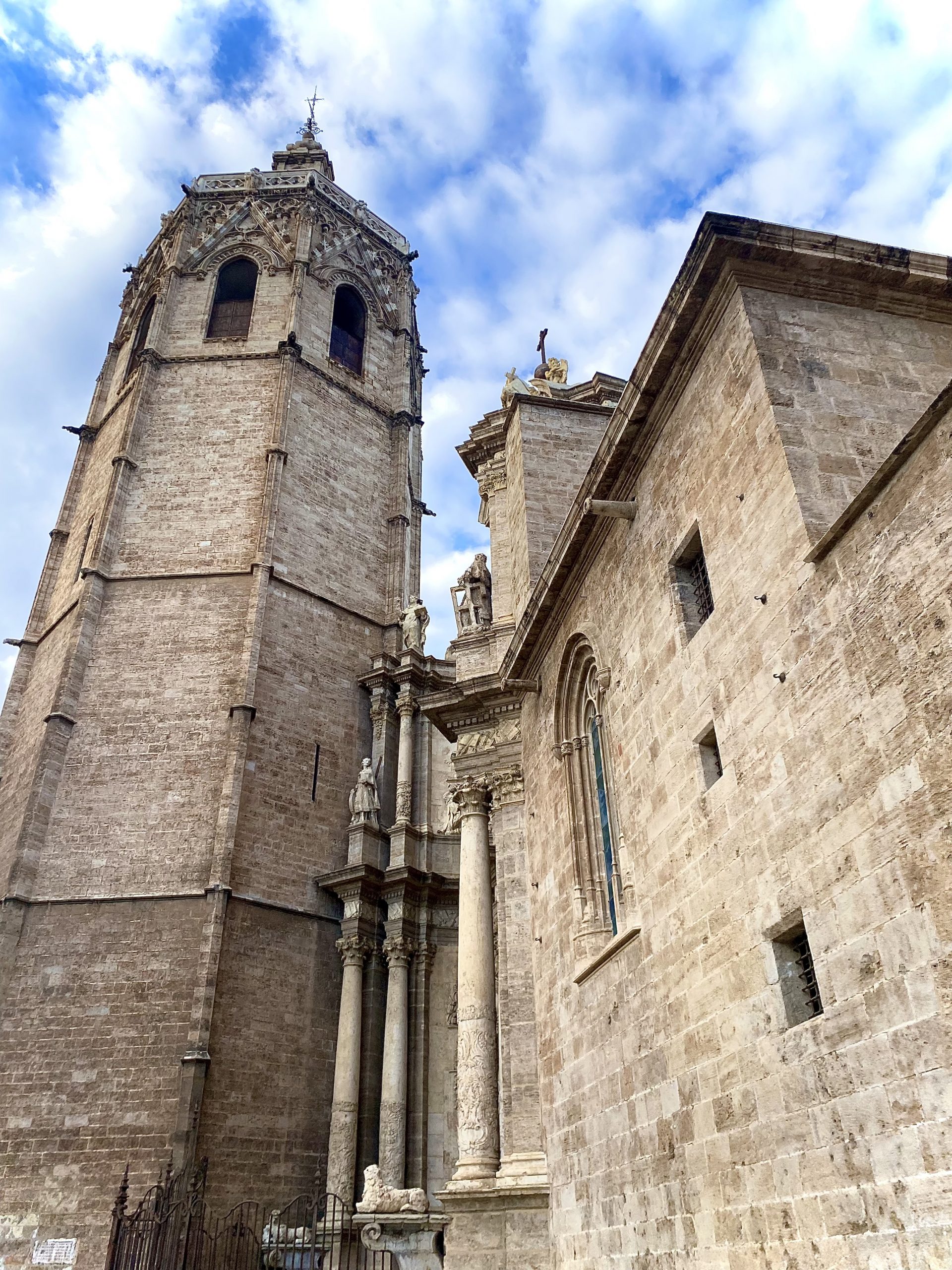1- WHAT’S HERITAGE?
Heritage is a set of assests acquired by inheritance or title, for example: set of family assests, state assets or municipal assests.. We often talk about cultural heritage also, which is a set of lifestyles, customs, scientific and industrial developement…
-Cultural Heritage: It’s a set of assest too tangible or non-tangible, that have to do with the culture of a group of people, nation, city,… The concept of cultural heritage is so important because it has a lot to do with the identity of a group of people.
The common mistake that we can possibly do, is to identify a culture only by it’s set of monuments. Much later in time, in the 2nd half of the 20th century the concept of CULTURAL ASSET is introduced, it’s includes more options of cultural heritage than just monuments; such as: objects with historical or artistic value, expression, manifestation or significant testimony of human culture with documentary capacity.
Historic context: As we all know, the Second World War has left after her many damages in all the sides of life (economic, deaths, homelessness,…), and as a major result or damage, we have the loss of cultural identity. This loss has created a need in the society to reconstruct those signs. And therefore, if Traditional history was centred in the political events, scientific conquests, discoveries, and the monuments constructed in their best way, Modern History focused on man; his existence, the instruments of work and everyday use showing an all compassing dimension. And that’s how Cultural Assets is born.
The first use of cultural assets was in 1954 HAGUE CONVENTION, organised by the UNESCO to agree about the protection of the cultural heritage in case of armed conflicts.
In 1972, UNESCO proposed a new classification of cultural assets:
-Monuments: which includes; architecture, sculpture, painting, archaeology, caverns, and elements of universal values. -Sets: groups of constructions, whose architecture and integration with the landscape give them exceptional value from the historical, art or science point of view. –Places: works of man and nature with universal value from the historical, aesthetic, ethnological or anthropological
point of view.
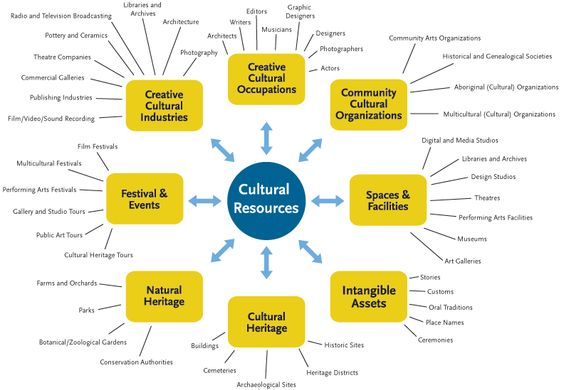
2- WHY PRESERVING HERITAGE?
Preservation of heritage is a way to preserve our identity as humans and our belonging to our origins. to Catalog is one of the best ways to preserve the cultural assets and all the goods catalogued should be protected and preserved. And as architects, we should evaluate the good before deciding which type of intervation we are going to do.
3- WHAT SHOULD BE PRESERVED?
The protection of heritage is based on 3 important aspects:
—> The protection of values: we don’t protect only the architectural heritage and what is tangible, but also it’s values; historic, artistic, antiquity, functional, economic…
—> Physical conservation: Every aspect of a building must be taken care of:matter, construction techniques, shapes, dimensions, colours, materials, textures, character, use, environment, meanings…
—> Enhancement (valorisation): by explaining the values of the building and showing it.
4- HOW TO PRESERVE?
By Legislative Instruments:
-Protecting(—> Laws and Rules): Legal actions, administrative rules outside the intervention on the monument itself. This protection is done through rules, TUTELAGE and SAFEGUARD are ‘synonymous’ of ‘protection’. It is often said to be protected or safeguarded through the tutelage (legal).
-Inventorying: An inventory is the result of enumerating, locating and describing the assets of a specific extent.
-Cataloguing: Cataloguing involves the enumeration, description and location of a property, but also it provides a historical study and economic valuation of a Heritage Resource. A Catalogue is a very impotant instrument of indirect and preventive conservation.
Actions of interventions:
-Preservation: Operations to be performed on the good to ensure its survival against hazards or possible damages.
-Maintenance: Maintenance is one of the most recommended actions to avoid ‘radical changes in an historical building. It’s an operation designed to prolong and maintain as long as possible the materials of historivcal monuments trough time.
-Repairing: In the case of buildings, it means to fix the damaged parts: roof, walls, eaves, gutters… It’s quite the same thing as the maintenance because it’s based one repairing to maintain the monuments.
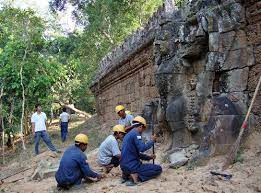
maintenance 
repairing 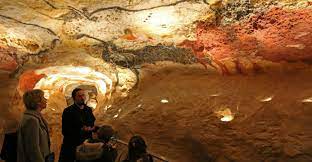
preservation
-Consolidation: Consolidation is a particular way of preserving, reinforcing structural, constructive or material elements by giving them greater consistency or solidity.
-Renovation: The aim of renovation is the restitution or improvement of the legibility that is lost over time, without incurring alterations or falsifications of its documentary nature.
-Adaptation: Enable or return something to its former state of efficiency or functionality. Also new functions and uses are possible.

consolidation of a structure 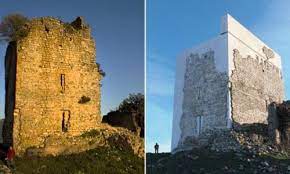
renovation of a castle 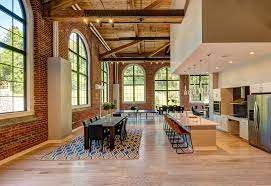
renovation
-Reconstruction: It is a procedure of integral or partial reconstruction of the building that has been carried out in specific historical circumstances and as a consequence of traumatic events, for example destroyed because of wars.
-Anastylosis: Its a technique that consists on when a ruined building or monument is rebuilt using original architectural elements.
-Restauration: Action of returning a monument to its earlier state by removing accretions or by
reassembling existing elements. It suggests to “go back” to the original state of a building by removing added
later stages.

Reconstruction 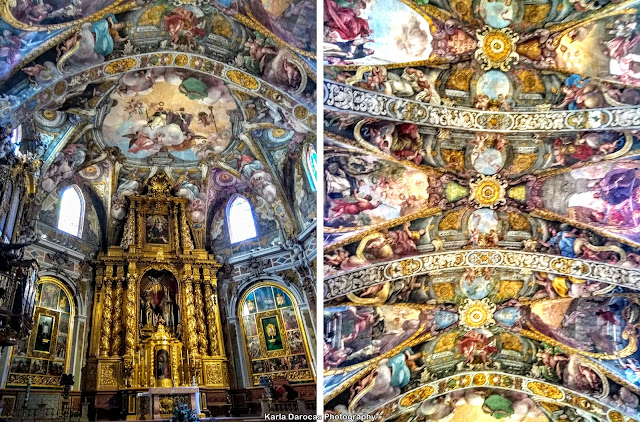
Restoration 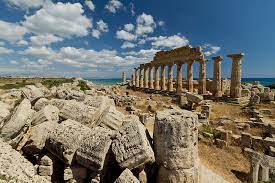
Anastylosis
